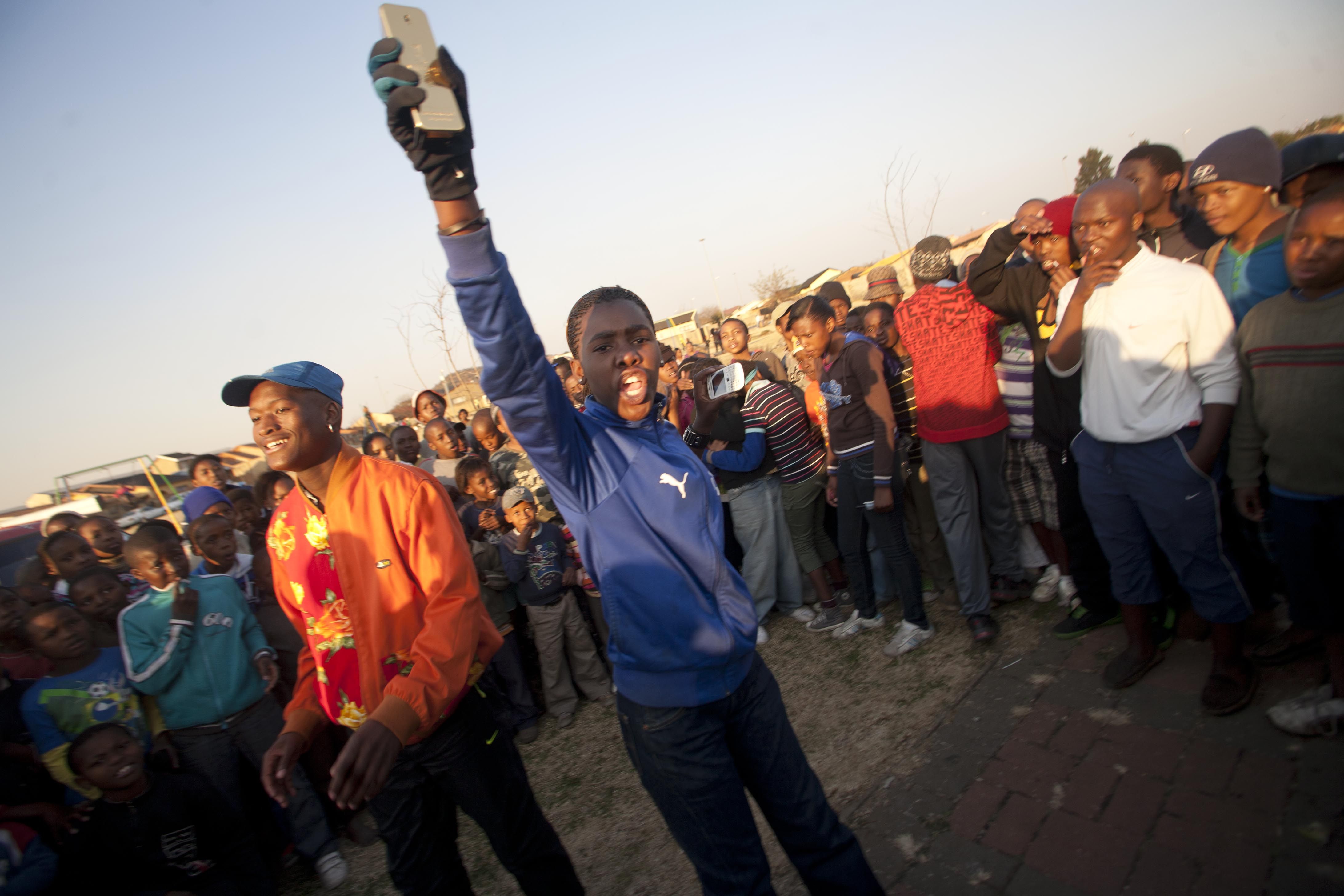Mpho Moshe Matheolane.
Youth Day is around the corner and soon we will be reminded of the young people who took it upon themselves to resist an oppressive system when it seemed they had no strength or will of their own to take on such a demanding task.
But they did, and the result was a mix of hope and calamity.
Hope, because an unexpected voice made itself heard, and calamity, in that the oppressive system would not tolerate resistance but instead resorted to illogical violence.
Now, many years later and with the advent and resolve of constitutionally guaranteed freedoms, we can look back in both appreciation and wonder. We are equally compelled, however, to ask ourselves: What will be the legacy of today’s youth?
It goes without saying that theirs is a different kind of struggle but, like all youth, the central issue of identities blooming into themselves remains a constant. In our country, unemployment is more prevalent amongst the youth than other socio-economic group.
Their future looks uncertain, with government failing to implement helpful policies and an education system that is rickety at best, leaving SA’s youth caught in the middle.
But this article is not meant to be a piece of political analysis. Instead, I wish to trace the trajectory of cultures that have come to be defined as “youth” culture, black youth culture, to be exact, and its promise and its tragedy.
We are living in the (arguably ephemeral) era of a youth craze dubbed izikhothane.
These youngsters burn and destroy their expensive clothing, shoes, alcohol and food – all in an attempt to outdo one another. Though labelled by media as a new practice, this pseudo-subculture presents and manifests itself through tragic performative guises that have become prevalent among the township youth of Johannesburg.
Some have argued that this practice of izikhothane is merely a way for these youth to express themselves, but regardless of the logic, if any, the strong intimation of nihilism cannot be denied. This somewhat bewildering display is what happens when escapist ambitions far outweigh the reality within which they are set.
Subcultures are usually thought to be groups that are part of dominant cultures, but which differ from them in some important respects. In most cases, it is the stylistic innovations of subcultures that attract attention, from outrage and paranoia to disillusion and shock. What society discerns to be “normality” is suddenly countered with an affront of stylised and often bewildering expressions.

This affront is exactly what izikhothane has done. Perhaps, in some odd way, the discomfort that it elicits owes to how it is a manifestation of an existing culture in the broader sense – the Kenny Kunene-like bling lifestyles that some amongst black South Africans aspire to. The affront is not to our sense of normality alone, but also highlights our inability to fully define ourselves. How do we take stock of the gains that have been made when some amongst us would rather put up the front of being more than who they are?
But compared to other South African youth cultures, where do the izikhothane stack up?
Remember the Smarteez? They were that group of young, DIY-fashion discerning individuals who set out to define themselves outside the myopic constraints of what the institutions of popular culture tell us we should aspire to be. But their attempts to distuinguish themselves from the mainstream were ultimately in vain. Their tropes of colourful fashion and expression have become so popular that you cannot tell a Smartee from an ordinary Joe.
Their story echoes the punk movement in Britain, which was once the sign of a rebellious and disillusioned youth uncertain of its future prospects, but soon beaceme fashionable, with variations of mohawk hairstyles and deliberate grungy exteriors being peddled to a style-consuming public.
I believe that the izikhothane are not like the Smarteez, or even the punks of Britain. The latter had a genuine sense of direction behind their expression; Izikhothane, on the other hand, seem unconcerned with whether or not the future holds promise. Their aesthetic contributions are not that great either, save perhaps the performative aspects.
But how are these aspects leveraged besides being the accessory to a ritual of destruction?
I wonder to myself, in the context of the impending Youth Day celebrations, if these same youths partaking in this clearly popular practice today, will be the same ones who complain tomorrow that there are no jobs or opportunities to be had.
What would they say for themselves if they met the class of ‘76?